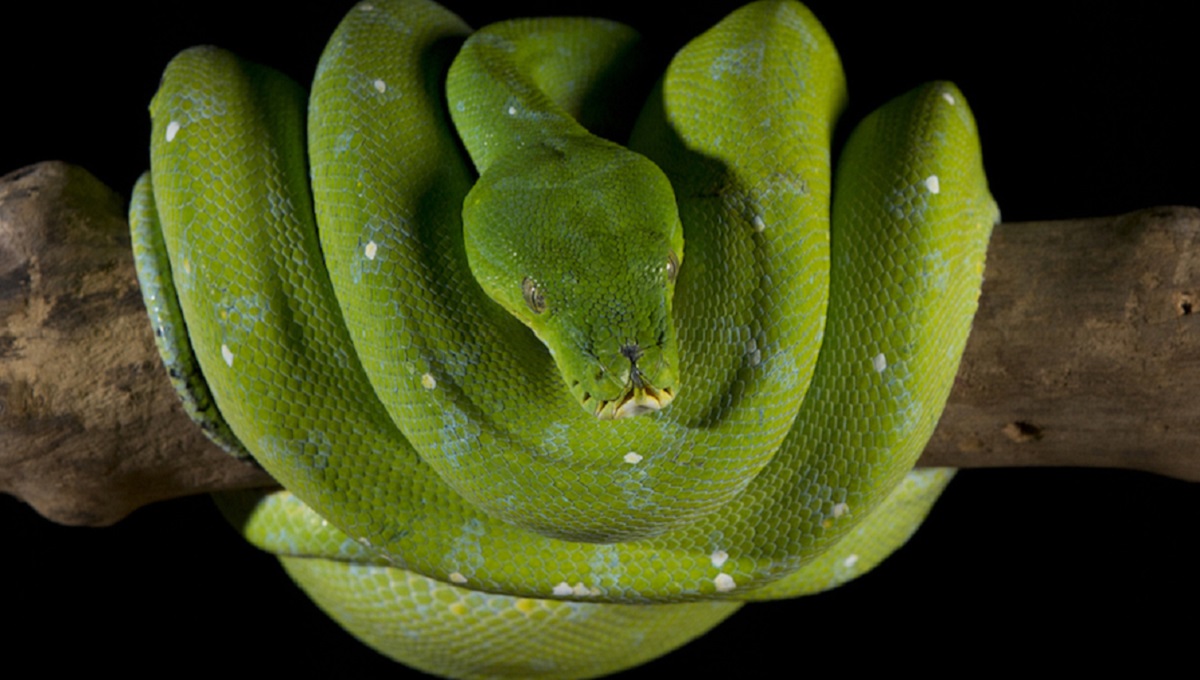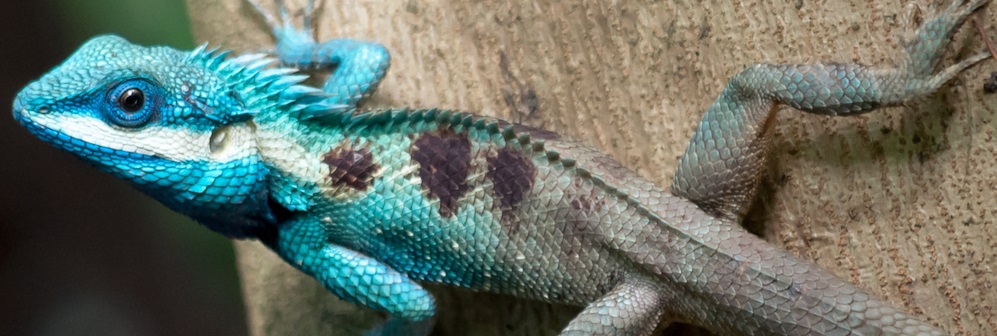Scientists call for greater international regulation.

Pythons are traded in high volumes. Credit: Olivier Born / Getty Images
Nearly 4000 species of reptile – a third of those known – are being traded online with very little international regulation, contributing to the “ever-widening biodiversity crisis”, according to a new study in the journal Nature Communications.
A whopping 90% of traded reptile species and half the total number of individuals are captured from the wild, the study found. Most come from hotspots in Asia, particularly Vietnam, to satisfy consumer demand in Europe and North America.
Many satisfy a lust for owning rare items, which the researchers note is particularly concerning. As long ago as 2008, the British Federation for Herpetologists estimated that reptiles were more popular as pets than dogs.
Traded species tend to be endangered or critically endangered or have restricted ranges, such as the Chinese and Vietnamese Cyrtodactylus and Goniurosaurus cave geckos, which are limited to a single hill.
Some entire wild populations, such as Goniurosaurus luii, are thought to have been collected for the pet trade, and the study found that some species are exploited shortly after being described.
“The impact is so widespread that even the most diverse parts of the planet have half their species in trade,” says senior author Alice Hughes from the Chinese Academy of Sciences.
It is seriously impacting chance of survival in 70% of species, she adds, given that most are taken from the wild.
Despite this, only Madagascar and New Zealand protect more than half of their species. In other regions like Africa, most countries had vast numbers of species with no IUCN assessment of their conservation status.
The researchers were alerted to immense knowledge gaps in wildlife trade at the 2019 CITES meeting in Geneva. Hughes says she was “shocked” to find that vulnerable groups like Asian songbirds and tropical fish were deemed “too expensive to add”.
“The majority of discussions for animals in CITES was on high value species with sustained demand,” she says, “largely excluding species traded at lower levels or with lower value”.
Listed reptiles include alligators (Alligator), caiman lizards (Caiman), pythons (Python), crocodiles (Crocodylus) and monitor lizards (Varanus), which are traded in high volumes, chiefly for fashionable leather. Others are sold for food, decoration and medicines.
 Credit: Alice Hughes
Credit: Alice HughesWhile crocodiles are mostly bred in captivity, 50% of snakes and tortoises and 70% of lizards come from the wild. However, only 9% of reptile species are monitored, which is concerning given that CITES is the key source of data involving international trade of endangered species.
To glean a true picture of the situation, Hughes and colleagues accessed 25,000 webpages of commercial trade based on nearly 65,000 keywords in five languages covering scientific and common names of more than 11,000 species, which they cross-checked with the CITES trade portal and the LEMIS dataset of wildlife imports to the US.
Their analysis explored how trade had changed since 2000, identifying an overall slight increase in number of species traded annually and new species appearing each year. The authors suggest it likely underestimates the extent of the problem, as it doesn’t cover all species, websites or social media, another avenue for wildlife trade.
The shocker is that it’s legal to trade wildlife species if they aren’t listed by CITES or protected by national laws. Hughes says this puts neglected species at risk of extinction and calls for a new approach to turn this around.
“The status quo needs to be reversed, so instead of legislating what we can’t trade, or control trade for a subset of species, international trade of wildlife should only be permissible when enough data exists to show that it will not impact species survival.”
Similar approaches have been taken to prevent exotic bird imports in the US and Europe, Hughes notes, calling for that to be expanded to protect wildlife globally.
COSMOS
Natalie Parletta is a freelance science writer based in Adelaide and an adjunct senior research fellow with the University of South Australia.
No comments:
Post a Comment